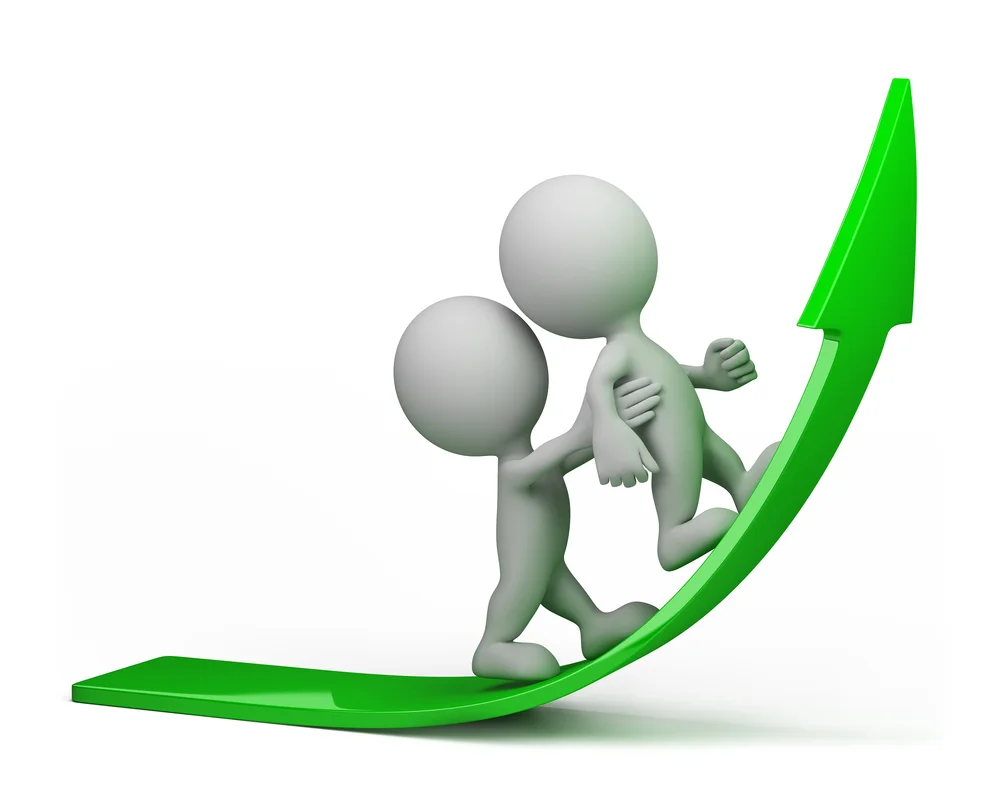Trump announced his reciprocal tariffs this week, and the world went into an uproar and the market into a tailspin. As an immediate result, JP Morgan switched its economic prediction from "Solid Growth" to "Recession Risk"
My take: Actions Have Consequences. More importantly, we don't know all the actions ... and we certainly haven't recognized all the consequences. This is the beginning of something bigger than it seems, and many of the outcomes are beyond our current expectations or comprehension.
Sure, we saw some fundamental shifts last week ... but know that we are in for more.
The moves were big and fast enough that most people I know haven't had the time or brain cells to ponder things long and deep enough to form a well-reasoned opinion.
The only thing I "know" is that I expect more volatility and big moves.
With that in mind, here are some charts to help keep you informed as the consequences unfold.
Chart #1 - Global Stock Market Returns in Q1 of 2025

via visualcapitalist
Chart #2 - Trump's Reciprocal Tariffs on Major Nations

via visualcapitalist
Chart #3 - Tariff Shock Wipes $5.3 Trillion Off S&P 500: Index Falls 10.5% in Two Days

via visualcapitalist
Looking at the first chart, it's clear that prior to this announcement, there was a U.S. sell-off, perhaps caused by concerns about inflation and slower GDP growth. As a result, more investment was moving toward Chinese and European stocks.
After Trump's announcement, many things happened, including a joint response from China, Japan, and Korea - something I never thought I'd see. Also, many internet netizens started to plug questions into AI LLMs and receive similar results as Trump's tariffs. Contrary to a more complex equation, it appeared as if the tariff rates were calculated by dividing the deficit and imports of a country. Ultimately, this math was confirmed by the White House Deputy Press Secretary, Kush Desai.
It will be interesting to see what is walked back and what is doubled down on over the next few weeks.
Do you have faith? Do you have an opinion? I'd love to hear it!




Are Billionaires Popular?
We live in an interesting time. Many billionaires aren’t just business leaders - they’re also influencers, personalities, and public figures.
While countless billionaires go under the radar, several of today’s billionaires have become controversial figures - like Elon Musk. So, how do the top 10 richest Americans rank in this so-called “popularity contest?”
via visualcapitalist
It’s interesting how many of the 10 wealthiest people in America are still flying relatively under the radar. In my head, names like Sergey Brin or Larry Page should still be household names.
On the other side of this scale, the three richest billionaires have primarily unfavorable ratings ... with Mark Zuckerburg being the most disliked of the bunch.
Meanwhile, Warren Buffett and Bill Gates have predominantly positive ratings - though Bill is more polarizing than Buffett.
As an aside, the world’s richest lost over $200 billion in a single day as news of Trump’s tariffs rocked markets. For context, that drop is the fourth-largest one-day decline in the Bloomberg Billionaires Index’s 13-year history.
Posted at 10:35 PM in Business, Current Affairs, Ideas, Just for Fun, Market Commentary, Trading, Trading Tools, Web/Tech | Permalink | Comments (0)
Reblog (0)